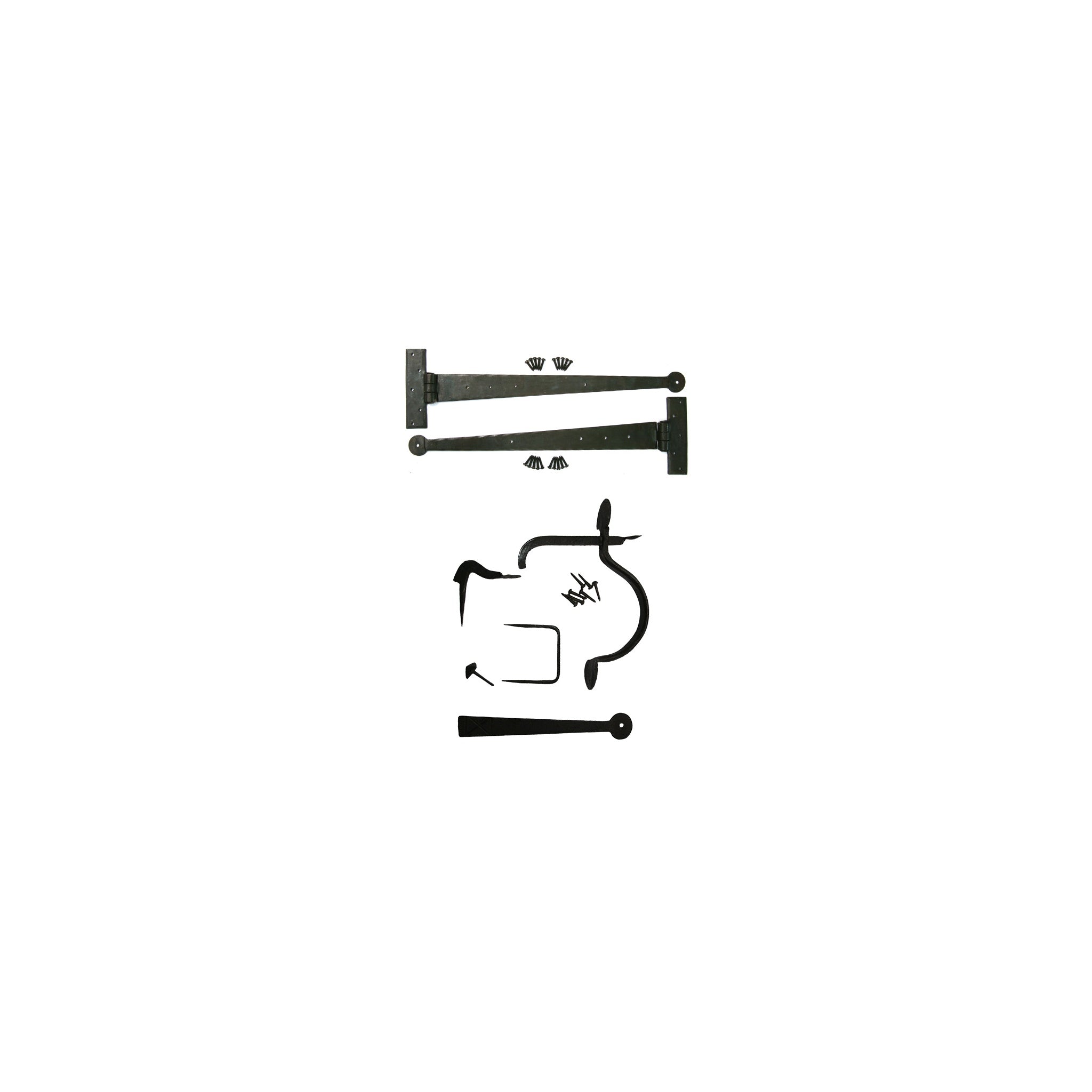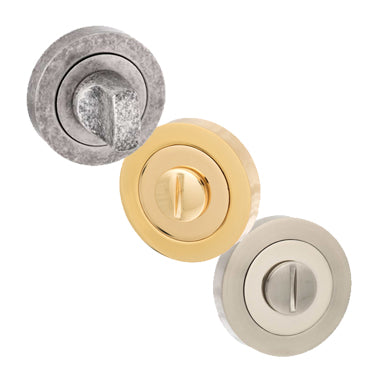

Door hardware is essential not only for the functionality of your doors but also for enhancing their aesthetic appeal. This guide will help you understand the various types of door hardware and their uses.
Types of Door Hardware
Door Handles and Knobs
Types
- Lever Handles: Easy to operate, suitable for people with mobility issues.
- Knob Handles: Traditional style, requires a firm grip to turn.
Materials
- Brass: Classic look, durable.
- Stainless Steel: Modern appearance, resistant to corrosion.
- Glass: Elegant and stylish, usually used indoors.
Installation
- Measure and Mark: Determine the height and position for the handle or knob.
- Drill Holes: Use a drill to create holes for screws.
- Attach: Secure the handle or knob with screws.
Door Hinges
Types
- Butt Hinges: Common for most doors, strong and durable.
- Piano Hinges: Run the full length of the door, providing extra support.
- Spring Hinges: Automatically close the door, useful for fire doors.
Materials
- Brass: Durable and corrosion-resistant.
- Stainless Steel: Strong and long-lasting.
Installation
- Measure and Mark: Position hinges on the door and frame.
- Chisel Recesses: Create recesses for the hinges using a chisel.
- Attach Hinges: Screw the hinges into place.
Locks and Latches
Types
- Deadbolts: Provide extra security, often used on external doors.
- Mortise Locks: Installed inside the door, offering high security.
- Cylinder Locks: Simple to install and replace, common in residential use.
- Night Latches: Surface-mounted, ideal for additional security.
Installation
- Measure and Mark: Determine where the lock will be installed.
- Drill and Chisel: Create holes and recesses for the lock.
- Install and Secure: Fit the lock into place and secure it with screws.
Door Closers
Types
- Overhead Door Closers: Mounted at the top of the door, suitable for heavy use.
- Concealed Door Closers: Hidden within the door or frame, ideal for aesthetic purposes.
- Surface-Mounted Closers: Easy to install, visible on the door surface.
Installation
- Position and Mark: Determine the position for the closer.
- Drill Holes: Create necessary holes for screws.
- Attach Closer: Secure the door closer with screws.
Summary Table of Door Hardware
| Hardware Type | Common Materials | Typical Uses | Installation Steps |
|---|---|---|---|
| Door Handles/Knobs | Brass, Stainless Steel, Glass | Interior and exterior doors | Measure, Drill Holes, Attach with Screws |
| Door Hinges | Brass, Stainless Steel | Support and movement of doors | Measure, Chisel Recesses, Attach with Screws |
| Locks and Latches | Brass, Stainless Steel | Security for doors | Measure, Drill and Chisel, Install and Secure |
| Door Closers | Metal | Automatic closing of doors | Position, Drill Holes, Attach with Screws |
Selecting the Right Hardware
Considerations
- Door Type: Interior or exterior, heavy or light.
- Security Needs: Level of security required for the door.
- Aesthetic Preferences: Style and finish that match your decor.
- Ease of Use: Consider users with mobility issues or disabilities.
Tips for Choosing Hardware
- Match Materials: Choose hardware that complements the materials and finishes in your home.
- Check Compatibility: Ensure the hardware is compatible with your door type and thickness.
- Consider Functionality: Select hardware that meets the specific functional needs of the door.
Maintenance Tips for Door Hardware
- Regular Cleaning: Clean handles, knobs, and locks with a damp cloth to remove dirt and grime.
- Lubricate Moving Parts: Use a suitable lubricant on hinges and locks to ensure smooth operation.
- Inspect for Wear: Periodically check for signs of wear or damage and replace parts as needed.
- Tighten Screws: Regularly tighten screws to maintain the integrity of the hardware.
Conclusion
Understanding the different types of door hardware and their uses can help you choose the right pieces for your needs. Proper installation and maintenance will ensure your door hardware remains functional and enhances the appearance of your doors.































































































































